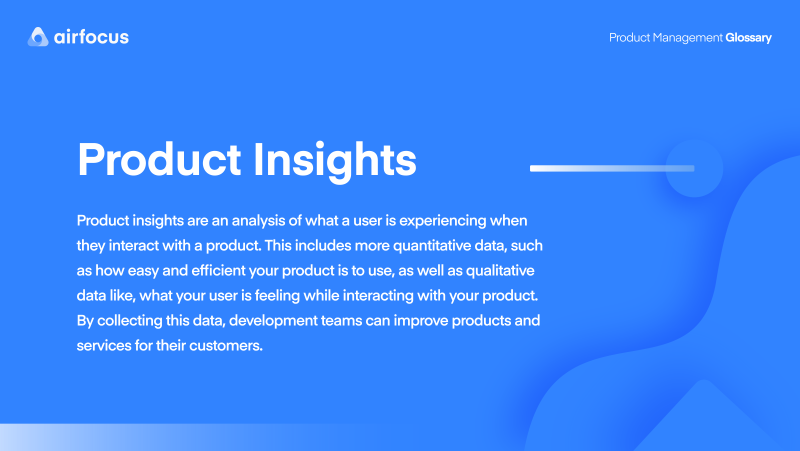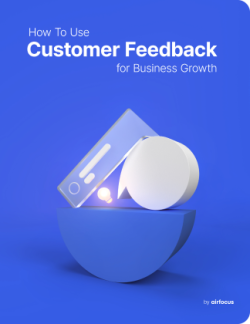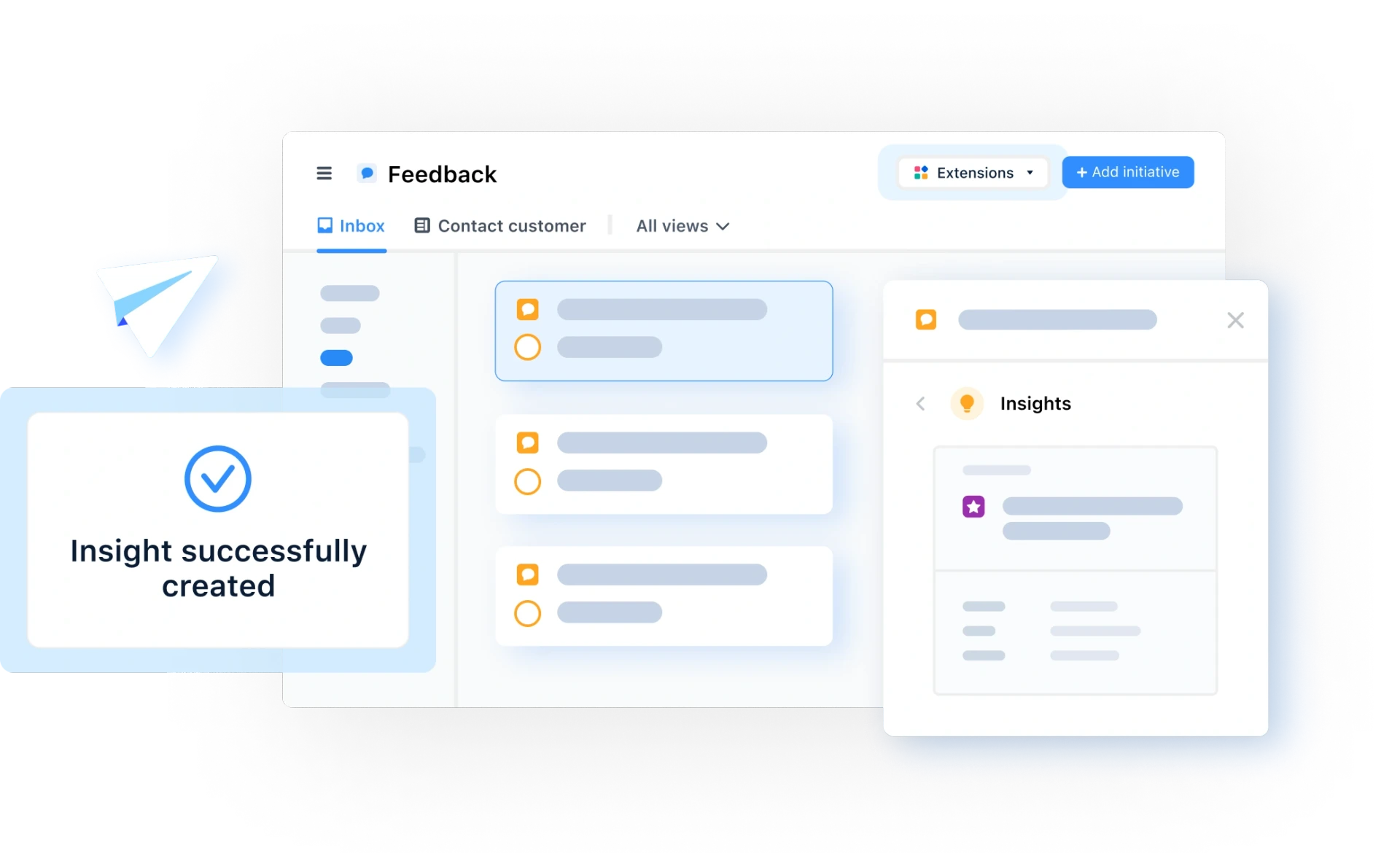Product Insights
What are product insights?
What are product insights?
Product Insights Definition - Product insights are an analysis of what a user is experiencing when they interact with a product. This includes more quantitative data, such as how easy and efficient your product is to use, as well as qualitative data like, what your user is feeling while interacting with your product. By collecting this data, development teams can improve products and services for their customers.
Product insights are the result of a customer-centric era, where products are built to match the needs and desires of customers as seamlessly as possible. In doing so, developers can replace frustration and friction with pleasure and ease.
Before a product has launched, product insights can be used to determine how well a product might perform when in the hands of consumers. Post-launch, product insights are valuable for crafting updates for a software product and for streamlining marketing around the pros and cons for your users.
Download Now: Get our 5-minute guide on Why Insights Are Essential and How to Source Them
How do you write product insights?
Product insights are distinct from consumer insights in that the goal is not to directly implement consumer feedback into your product but to extrapolate the feedback and insights into an innovative solution.
For instance, if someone says that your product is difficult to use, you might opt to automate the difficult portions (product insight) rather than add instructions to those portions (consumer insight).
When writing product insights, start by describing the situation under which the user is using your product. Then, highlight the specific frustration or satisfaction that the person is experiencing ("I love/hate the export feature because..."). Finally, describe what the user would like to see as a solution to or expansion on this feature.
What is a product insight example?
A common example of product insights at work is presenting multiple versions of the same product to different target user sample groups. Each version has a slight variation, allowing development teams to quickly find the most efficient and well-liked features (as well as the least-liked features).
Who? Product insights manager or analyst
Product insights managers and analysts perform a similar role in collecting and acting on product insights. Both seek to find effective ways of collecting insights and extrapolating data from those insights. The only difference is that a product insights manager typically has more input on how these insights should influence the final product.
Product insights architecture
Product insights architectures are the tools and methods you use to structure and implement the product insights you collect. It's the combination of strategies and tools you've found to be the most effective way for your team to start using product insights.

General FAQ

Glossary categories
All product feedback in one place

Experience the new way of doing product management








